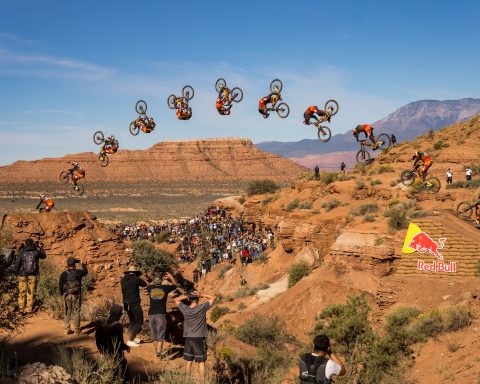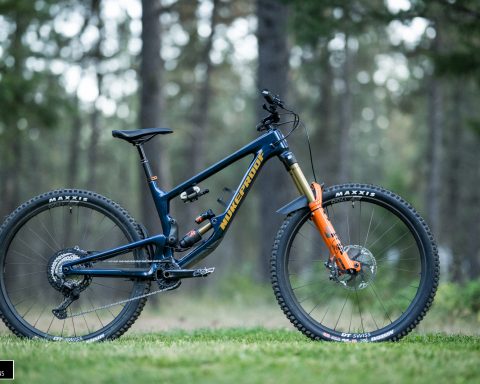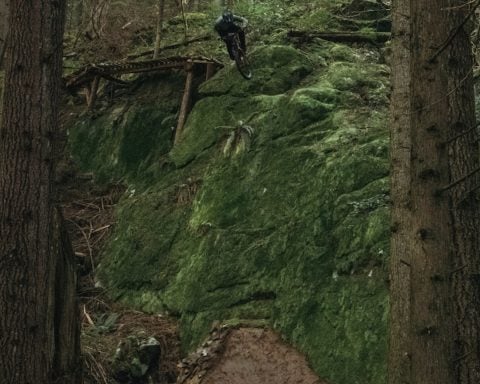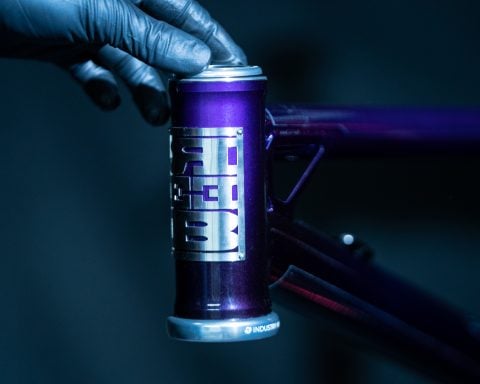Specialized just showed us all the juicy details on the completely revamped Epic just in time for the Vallnord World Cup XC race. With an updated Brain 2.0 bolted up in a sleek fashion at the rear shock and a new suspension platform that forgoes their traditional FSR system, there is a lot to talk about. Oh, there’s also a new XC hardtail: the Chisel. For now, scope the details on the new Epic straight from the mouth of MTB marketing manager, Nate Riffle…
[Press Release]
WHAT’S NEW?
The better question is, “What isn’t new?” We wanted to reach out and let you know our rollout plan for the all-new Epic and to give you some insight before the bike goes live on July 1st. Below is some information on the new platform.
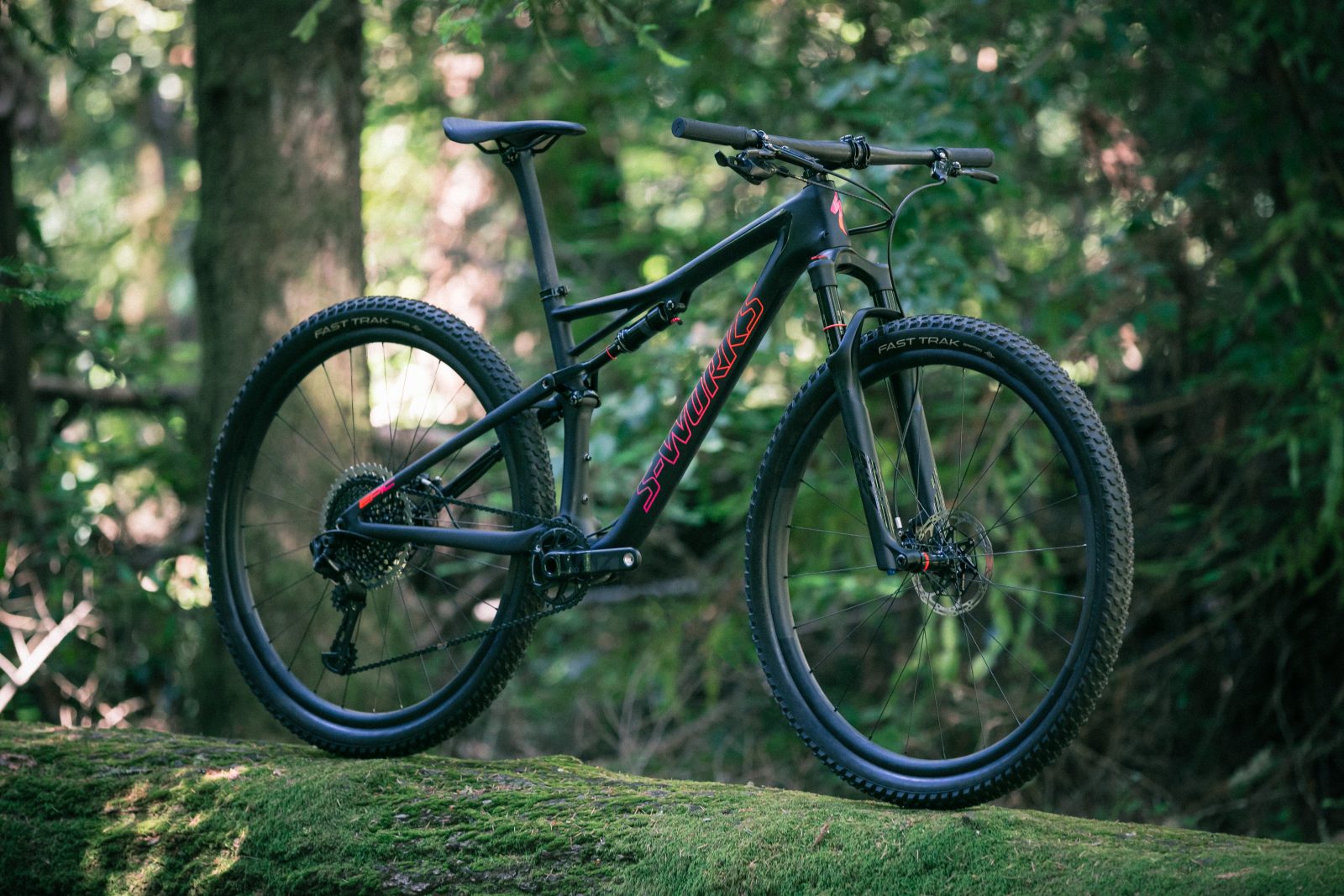
2018 Epic
The most decorated full-suspension XC bike gets even better.
The Epic is the most decorated full-suspension cross country bike, and it all started over a decade ago with one thing in mind: Make the most efficient, rider-friendly bike out there. We brought in innovation like Brain, the only shock that can “think” for you, SWAT™, so you could store anything you’d need for marathon racing discreetly on your bike, and a geometry that screams racing. This year, we bring all those technologies, and a little bit more, to hit even more ambitious goal: Make a confidence inspiring, efficient, and fast platform that benefits both riders and racers alike.

LIGHTER
Rider-First Engineered™ is a technology that we introduced with our Tarmac. Our engineers set specific ride quality targets per size, so whether you’re a size Small or an X-Large, you’ll have the same intended ride experience without it being too stiff or riding like a wet noodle. It achieves this through unique layups and tube shapes for every frame size.

That’s all fine and dandy, but here’s the impressive part. The engineering team was able to make a bike that holds a stiffness-to-weight number that can go toe-to-toe with any bike in its class, while also cutting out 240 grams from the rear end (a 39% weight savings) and *up to 525 grams out of the frame alone. Yes, you read that correct—525 grams out of the frame alone. That’s the equivalent of taking out an entire Brain shock, shock extension, a few headset spacers, and pivot hardware.
SMARTER
The suspension world was turned upside down when Brain was introduced over a decade ago. It was, and is, the only shock that can differentiate rider and trail inputs. It rides firm on smooth terrain and opens when encountering trail/bump force impact. The need for lockout levers, extra cables, and remotes is gone, so no more riding descents and forgetting to open your shock. It does the thinking for you.

Brain 2.0 takes everything that was great from earlier iterations and builds upon them. Moving the Brain closer to the axle (moment of inertia) makes for a more responsive system than before. Oil porting and flow paths have been reengineered to reduce oil turbulence and provide more consistent damping. And the suspension team also addressed hose fitting, so there are no frame rub issues, making this the most visually sleek Brain package yet. Now, hoses route oil flow directly through the shock extension, taking out unnecessary curves and fittings.
FASTER
Let’s be honest with each other—XC riding and racing has changed. Gone are the race courses that resembled walking paths through the park. In are sections of trail that could be mistaken for an enduro track. We knew we had to address the sharp, often intimidating ride characteristics of XC bikes, so everything was thrown out the window and we started from scratch.

We increased the reach to make for a longer, more stable front end. To keep the rider position consistent with what we have today, we shortened the stem length, which also makes for quick handling. The head angle was slackened by 1.5 degrees to create an aggressive 69.5-degree angle. These two changes combine to create a bike that’s much more confident at speed and descending through steep and rough terrain. But you’re probably thinking, “That slack of a head angle will make a cross country bike floppy and slow, right?” Wrong. The bike and suspension team tested dozens of tuning setups and fork offsets until settling on what gave us the best balance of stability and snappy handling. You can have your cake and eat it, too.
Happy Shredding,
Nate Riffle and the MTB team
EPIC











CHISEL











www.specialized.com




